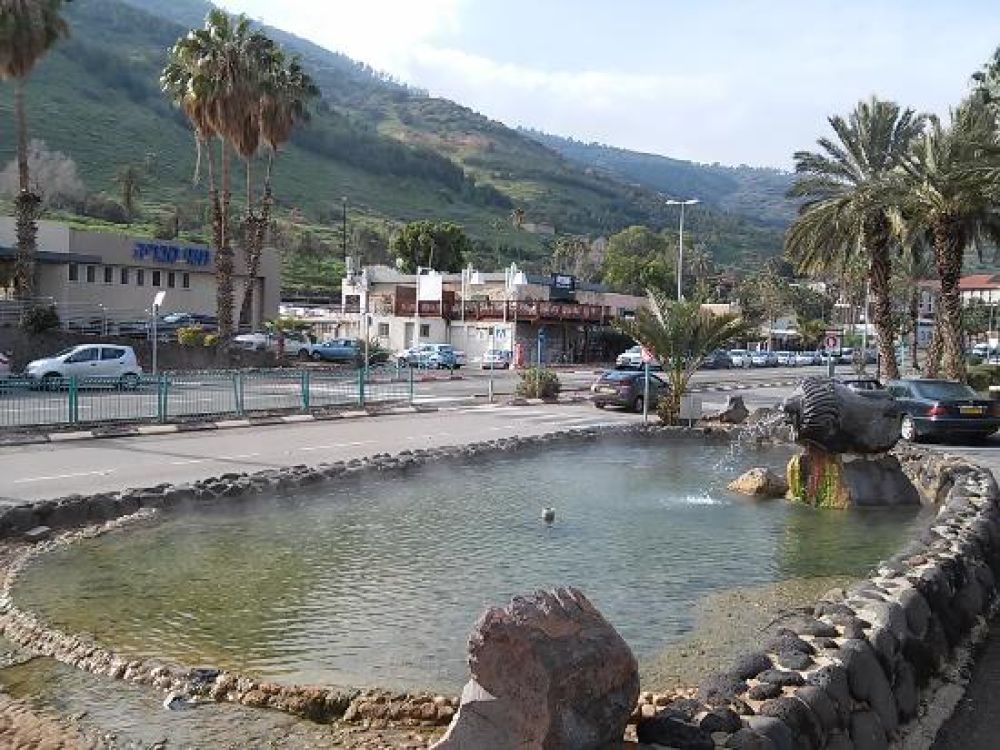

The city of Tiberias, nestled on the western shore of the Sea of Galilee in Israel, has long been revered for its therapeutic hot springs. With a history dating back to antiquity, Tiberias was founded around 20 CE by Herod Antipas, who named it in honor of the Roman Emperor Tiberius. Since its establishment, the hot springs, known locally as Hamei Tiberias, have attracted visitors from across the ancient world, seeking the curative properties of their mineral-rich waters.
The springs have been mentioned in several historical texts, indicating their longstanding significance. Notably, the Jewish historian Flavius Josephus referred to the hot springs' healing waters. Throughout the centuries, the springs have been used by Romans, Byzantines, Arabs, Crusaders, and Ottomans, each leaving their mark on the city and its baths.
During the Ottoman Empire, the hot springs and bathhouses were restored and expanded, which helped to maintain their popularity. In the 19th century, with the rise of modern tourism, the Tiberias hot springs became a favorite destination for European travelers and pilgrims en route to the Holy Land, thus intertwining their history with that of religious and therapeutic tourism.
In the 20th century, Tiberias and its hot springs witnessed significant development in infrastructure and tourist facilities, establishing itself as a modern resort town. After the establishment of the State of Israel in 1948, the hot springs underwent further renovations and modernization, making them more accessible and appealing to a wider audience.
Today, the hot springs remain a popular wellness and relaxation destination, showcasing a blend of historical charm and contemporary comfort. The latest trends in tourism here encompass luxury spa treatments, holistic wellness programs, and the integration of modern amenities with the rustic appeal of the ancient baths.
Amidst the development of tourism in Tiberias, there has been a growing awareness about the importance of environmental and cultural preservation. Efforts are being made to ensure that the natural healing properties of the hot springs are maintained while promoting sustainable tourism practices to protect this invaluable historical site. Local authorities and tourism operators collaborate to retain the authenticity and historical value of the hot springs as they adapt to meet the demands of the modern traveler.
The Tiberias hot springs stand as a testament to the enduring appeal of natural healing and wellness. Their role in the history of tourism in Tiberías is indelible, evolving from an ancient health sanctuary to a contemporary spa destination without losing their unique historical and cultural essence. They continue to draw visitors from all over the globe, offering a timeless experience of rejuvenation.